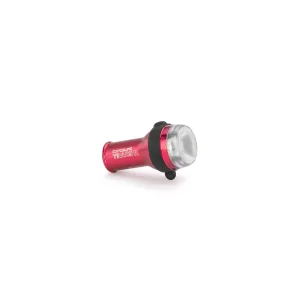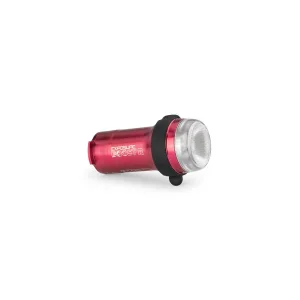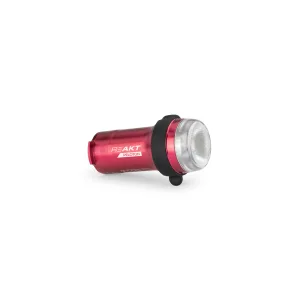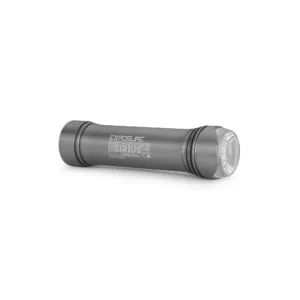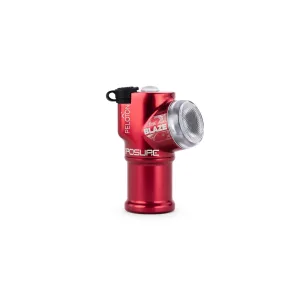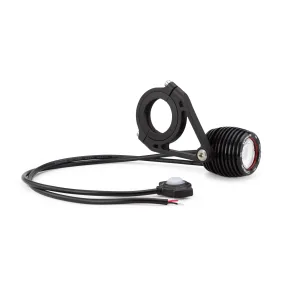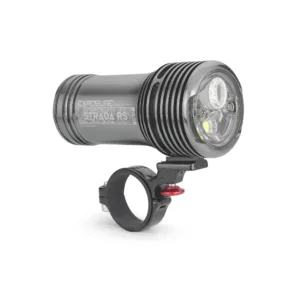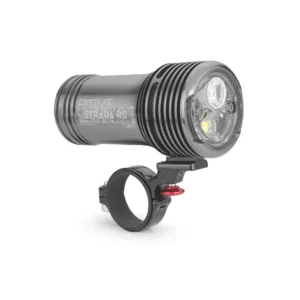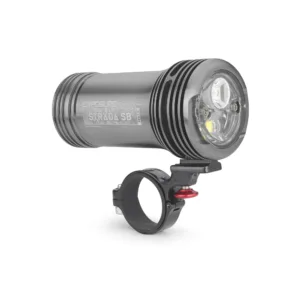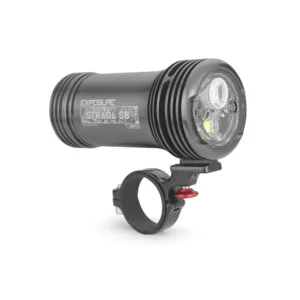Road Lights
Road bike lights are essential for cyclists who ride on roads, especially during low-light conditions or at night. These lights enhance the visibility of cyclists to motorists, pedestrians, and other road users, thereby improving safety and reducing the risk of accidents. Road bike lights come in various types, designs, and features to cater to different riding needs. Here’s a comprehensive overview of road bike lights:
READ MORE...Types of Road Bike Lights:
Front Lights (Headlights): Front lights are mounted on the handlebars and emit a white light beam that illuminates the path ahead. They help cyclists see the road, obstacles, and potential hazards in their way.
Rear Lights (Taillights): Rear lights are attached to the seat post or rear of the bike frame. They emit a red light and are crucial for making cyclists visible to vehicles approaching from behind.
Combination Sets: Many road bike light sets include both front and rear lights, ensuring comprehensive visibility from both directions.
Key Features:
Brightness: Measured in lumens, brightness determines how well the light illuminates the surroundings. Higher lumens are suitable for faster riding and poorly lit areas, while lower lumens are sufficient for well-lit urban environments.
Beam Patterns: Lights can have focused or wide beam patterns. Focused beams are suitable for seeing far down the road, while wider beams increase peripheral visibility.
Modes: Most lights offer multiple modes, such as steady, flashing, or pulsating, allowing cyclists to choose the best option for their visibility needs and conserve battery life.
Mounting Options: Lights come with various mounting systems, such as straps, clips, or brackets, ensuring secure attachment to the bike without obstructing the rider’s comfort or view.
Battery Type: Lights use rechargeable batteries or disposable batteries. Rechargeable options are more cost-effective and eco-friendly in the long run.
Run Time: The duration a light can operate on a single charge or set of batteries. Longer run times are advantageous for longer rides.
Water Resistance: Road bike lights are often exposed to the elements, so water resistance is crucial to ensure they function in rainy conditions.
Safety Regulations:
Many regions have specific regulations regarding bike lights to ensure cyclist safety:
Front Light: It is generally required to have a white front light visible from a certain distance to the front of the bike.
Rear Light: A red rear light is typically required, visible from a specified distance to the rear.
Reflectors: Some areas also require additional reflectors on pedals and wheels to enhance side visibility.
Road bike lights are indispensable tools for any cyclist who rides in low-light conditions. Whether commuting, training, or touring, these lights significantly improve safety by increasing the cyclist’s visibility to others on the road. When choosing road bike lights, cyclists should consider factors such as brightness, beam pattern, mounting options, battery type, and compliance with local regulations to ensure a safe and enjoyable riding experience.




